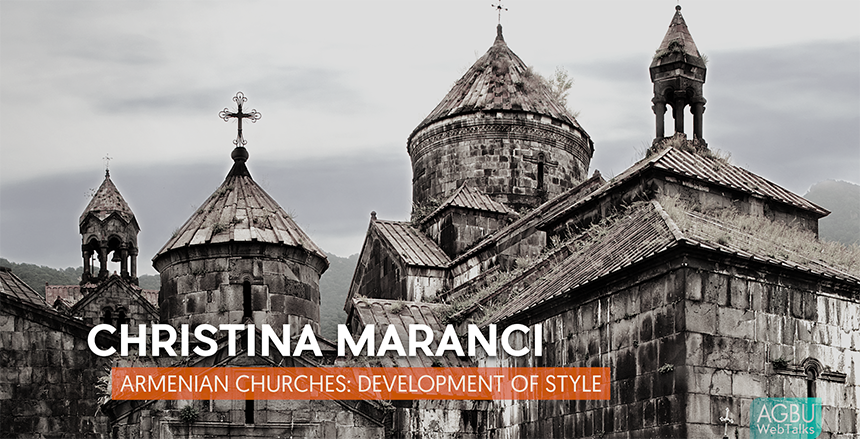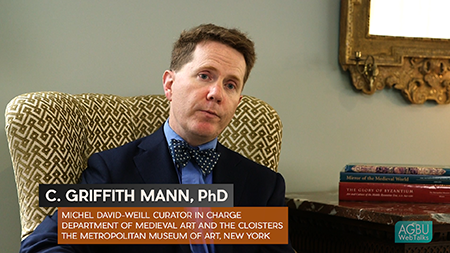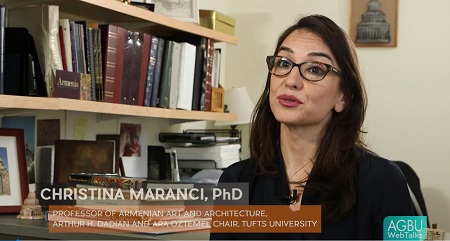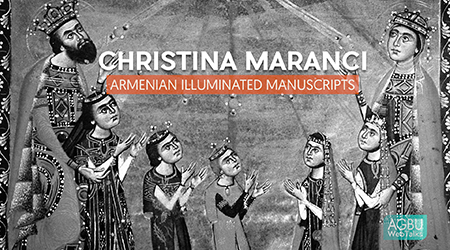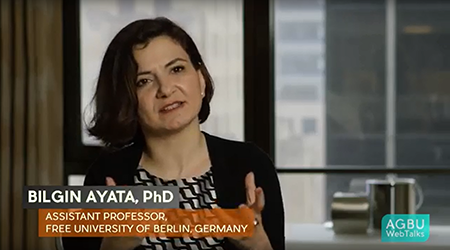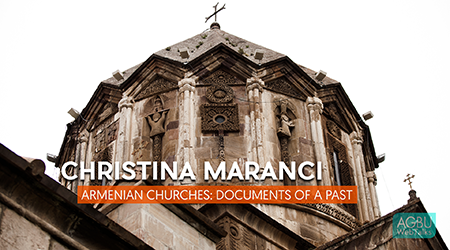WebTalks
Armenian Churches: Development of Style
Christina Maranci

Armenian Churches: Development of Style
Dr. Christina Maranci considers the evolution of architectural details and construction techniques that lend Armenian churches their distinctive style and form. Dating back to the conversion of Armenia to Christianity in the 4th century, the early churches were basilicas in the Byzantine style that developed into distinctively Armenian plans and elevations as early as in the 7th century. While construction techniques were further refined and developed over the centuries, what persists is a uniquely Armenian form that we readily recognize today. Set against the dramatic landscape of the Armenian highlands, these striking monuments are testaments to the ingenuity and lasting legacy of Armenian master builders.

In the fall of 2018, The Metropolitan Museum of Art in New York is presenting a large-scal ... [more]
Known as "the city of a thousand and one churches," the now deserted town of Ani ... [more]
The Armenian tradition of illuminating and illustrating hand written manuscripts dates as ... [more]
Left to ruin after the Armenian Genocide, St. Giragos, once one of the largest Armenian ch ... [more]
In our third from a series of videos featuring the curators of Armenia!, Dr. C. Griffith M ... [more]
In our fourth from a series of videos featuring the curators of Armenia!, Dr. Helen Evans ... [more]
